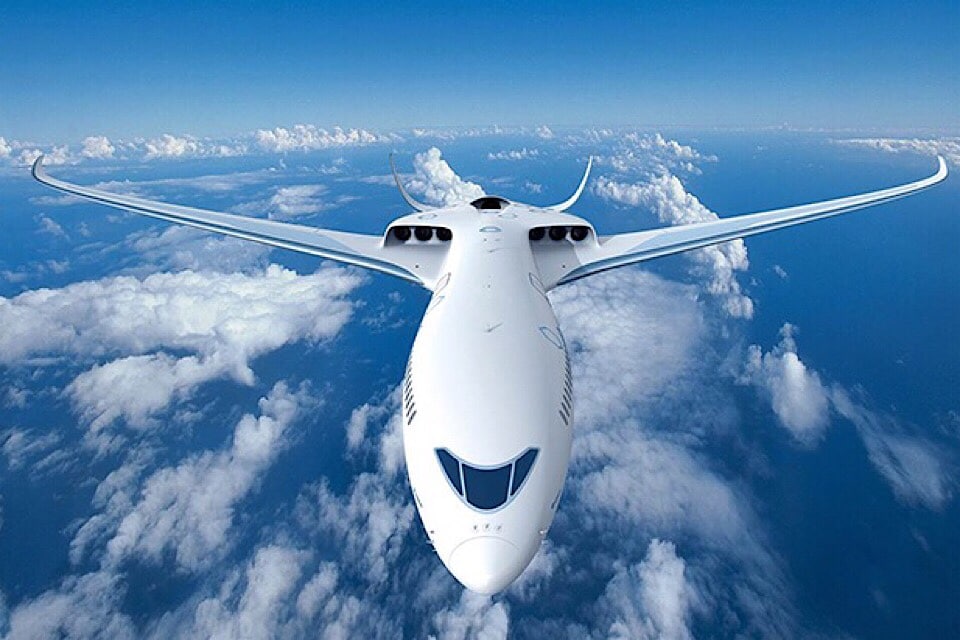Aerospace
SAS and Airbus to research hybrid and electric aircraft

Toulouse, 22 May 2019 – infrastructure requirements research. The MoU was signed by Grazia Vittadini, Chief Technology Officer, Airbus and Göran Jansson, Deputy President EVP Strategy & Ventures, Scandinavian Airlines. Collaboration will start in June 2019 and will continue until the end of 2020.
India’s HAL offers AESA radar and Brahmos capable Tejas Mk-1A to the Philippines..
Under the MoU, Airbus and SAS Scandinavian Airlines will cooperate on a joint research project to enhance understanding of the operational and infrastructure opportunities and challenges involved with the large-scale introduction of hybrid and full electric aircraft to airlines modus operandi. The project scope includes five work packages, which focus on analysing the impact of ground infrastructure and charging on range, resources, time and availability at airports.
Airbus Launches Cargo Airline With Beluga Fleet
The collaboration also includes a plan to involve a renewable energy supplier to ensure genuine zero CO2 emissions operations are assessed. This multidisciplinary approach—from energy to infrastructure—aims to address the entire aircraft operations ecosystem in order to better support the aviation industry’s transition to sustainable energy.
Aircraft are roughly 80% more fuel efficient per passenger kilometer than they were 50 years ago. However, with air traffic growth estimated to more than double over the next 20 years, reducing aviation’s impact on the environment remains the aim of the industry.
To overcome this challenge, the Global Aviation Industry (ATAG) including Airbus and SAS Scandinavian Airlines have committed to achieving carbon-neutral growth for the aviation industry as a whole from 2020 onwards, cutting aviation net emissions by 50% by 2050 (compared to 2005).

Aerospace
Boeing Transfers Rocket Stage to NASA, Paving Way for Human Moon Mission

Boeing has achieved a significant milestone by providing NASA with the second core stage of the Space Launch System (SLS) rocket.
This crucial component, crafted at NASA’s Michoud Assembly Facility (MAF), is set to propel the Artemis II crew into lunar orbit, marking humanity’s return to deep space after a 50-year hiatus.
The monumental Boeing-built rocket stage, the largest element of the Artemis II mission, will embark on a journey aboard the Pegasus barge, traveling 900 miles to NASA’s Kennedy Space Center.
Comparison of two legendary aircraft B777x vs B747 aircraft:Click here
Upon arrival, it will be meticulously integrated with other essential Artemis II components, including the upper stage, solid rocket boosters, and NASA’s Orion spacecraft within the iconic Vehicle Assembly Building. This intricate integration process is a vital step toward the eagerly anticipated Artemis II launch, slated for 2025.
“Boeing-built products helped land humankind on the moon in 1969, and we’re proud to continue that legacy through the Artemis generation,” remarked Dave Dutcher, vice president and program manager for Boeing’s SLS program. “Together, with NASA and our industry partners and suppliers, we are building the world’s most capable rocket and paving the way to deep space through America’s rocket factory in New Orleans.”
NASA, Lockheed Martin Reveal X-59 Quiet Supersonic Aircraft:Click here
The delivery of Core Stage 2 marks a significant achievement in the evolution of the SLS rocket. Towering over 200 feet and powered by four RS-25 engines, this core stage, coupled with two solid-fueled booster rockets, will generate a staggering 8.8 million pounds of thrust. This immense power is crucial to launching Artemis II and future missions into the vast expanse of space.
The SLS rocket stands unparalleled in its capability to transport both crew and substantial cargo to the moon and beyond in a single launch. Its extraordinary capacity will facilitate the delivery of human-rated spacecraft, habitats, and scientific missions to destinations including the moon and Mars, ushering in a new era of space exploration.
-

 Travel1 week ago
Travel1 week agoAir India to Expand US Operations with Three New Routes After a Decade
-

 Travel2 weeks ago
Travel2 weeks agoWhy We Should Avoid These Stamps in a Passport
-

 Airlines1 month ago
Airlines1 month agoInvestigations Reveal Fake Chinese Titanium in Boeing and Airbus Jets
-

 Tech4 weeks ago
Tech4 weeks agoChina’s CATL Plans 1,800-Mile Electric Plane Launch by 2027
-

 Airport3 days ago
Airport3 days agoTop 10 Largest Airports in the World by Size
-

 Aerospace4 weeks ago
Aerospace4 weeks agoChina’s Fighter Jets Turn Wings into Autonomous Drones
-

 Airlines4 days ago
Airlines4 days agoAir India Rolls Out A350s for Delhi-New York JFK and Newark Routes
-

 Defence3 weeks ago
Defence3 weeks agoBoeing Enhances Chinook with New Engines and Block II Upgrades at $96 Million







